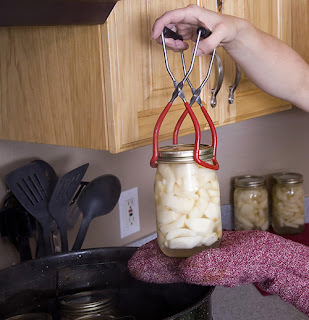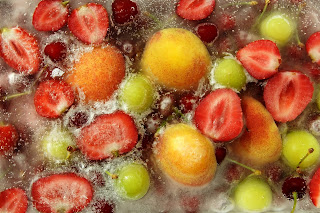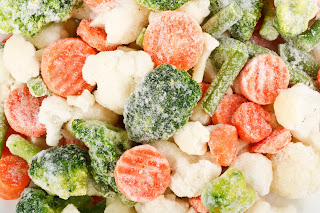A sealed jar simply means a vacuum has occurred in the jar. Pouring hot food in a jar and quickly applying a lid and jar ring will probably result in a weak seal in that jar. This method is called open kettle canning and is extremely dangerous. Live bacteria easily survive this method of getting a jar to seal. Without adequate processing, live bacteria has become sealed in the jar with the food.
When food is canned at home, two problems must be addressed. First, destroy all dangerous bacteria in the food and in the jar. Second, seal the jar so food does not become recontaminated. Getting a seal only addresses half of the problem.
A sealed jar is of no value if dangerous bacteria survive. Follow these steps to address the issue of destroying all the bad bacteria, yeast and mold that occurs naturally in the environment:
- Wash produce before canning.
- Use up-to-date canning recipes.
- Follow the recommended processing methods and times exactly for each food, jar size and style of pack.
- Use a pressure canner to be safe with non-acid foods like corn, green beans, peas, plain beets and other vegetables.
- Foods that contain natural acidity like fruit or fruit jams and jelly may be safely canned in a water bath canner. Foods that have added acidity like pickles and relishes, may also be canned in a water bath canner.

Now that the food has been prepared and canned properly, you want to ensure a good seal on the jar. A good seal is best produced by water bath canning or pressure canning. Since the jar comes out of the water bath canner at 212 degrees F, it develops a strong seal. Processing a closed, filled jar in a canner kills bacteria that might be in the headspace. The purpose of the seal is to prevent the canned food from being recontaminated by bacteria, yeast or mold.
For more information, visit MissouriFamilies or the National Center for Home Food Preservation.
Contributor: Mary Schroepfer, MS, Nutrition and Health Education Specialist, Franklin County, University of Missouri Extension, SchroepferM@missouri.edu




